This article was published on January 9, 2023 and updated on May 15, 2025.
Rheinhessen is the origin, inspiration and place of work of great poets and thinkers. How good it is that there are places here where you can discover them, where you can learn more, and where many an "aha" moment occurs when you go in search of clues.
The man of the millennium was a Mainzer
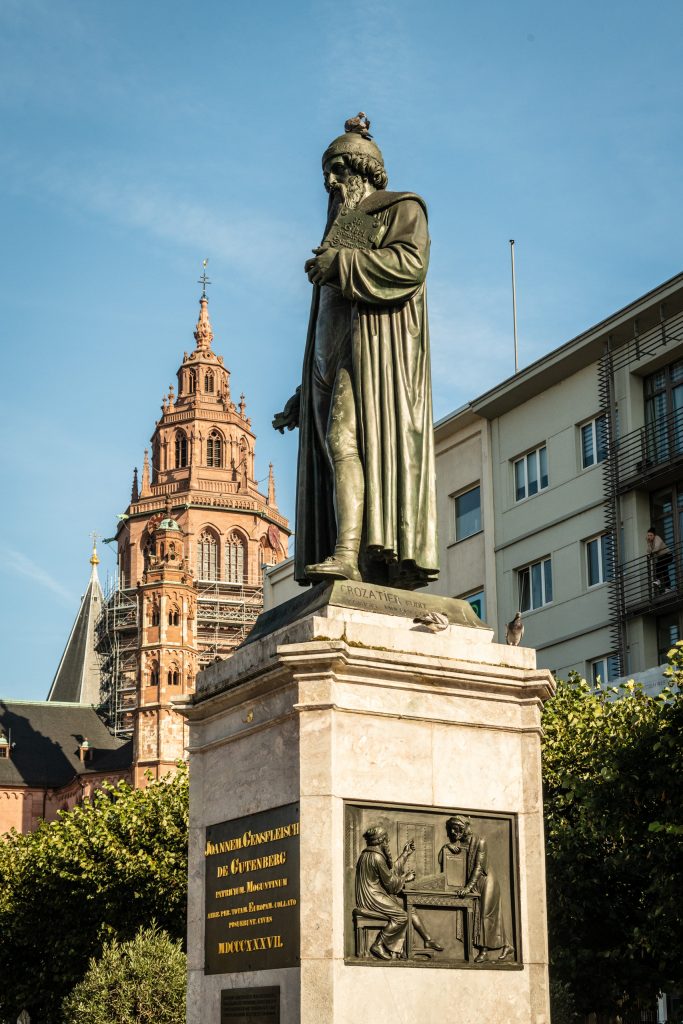
To this day, he is the most famous son of the state capital: Johannes Gutenberg, the inventor of "movable type printing". Today, Gutenberg is rightly referred to as the "Man of the Millennium", because his invention changed the world. It may not have been called that in the middle of the 15th century, but today's hotly contested goal in online marketing, "reach", was only made possible back then. The movable type process meant that books could be produced faster, cheaper and in larger quantities than before. Printed products soon became part of everyday life and replaced manuscripts. Humanism and the Reformation were significantly influenced by book printing, which made their widespread distribution possible. Gutenberg thus set in motion a veritable media revolution that paved the way for our information age. His invention is considered one of the most momentous in human history.
The most impressive thing about Gutenberg's achievement is that he developed all the necessary parts for a complete system for printing texts by machine. Among other things, he also invented the typesetting box, the printing press and an improved printing ink.
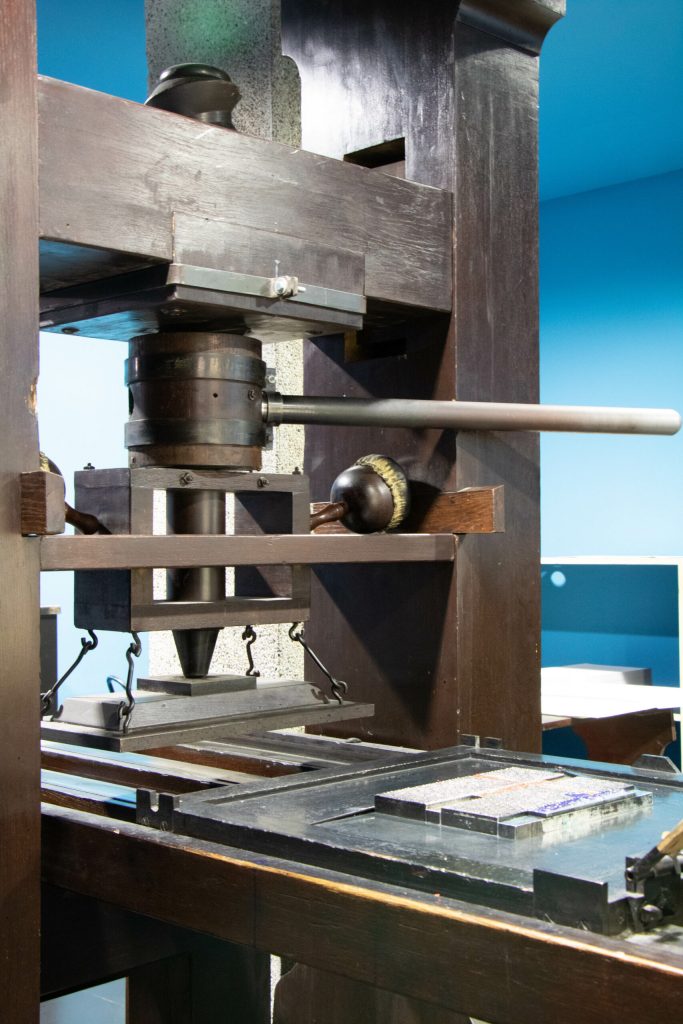
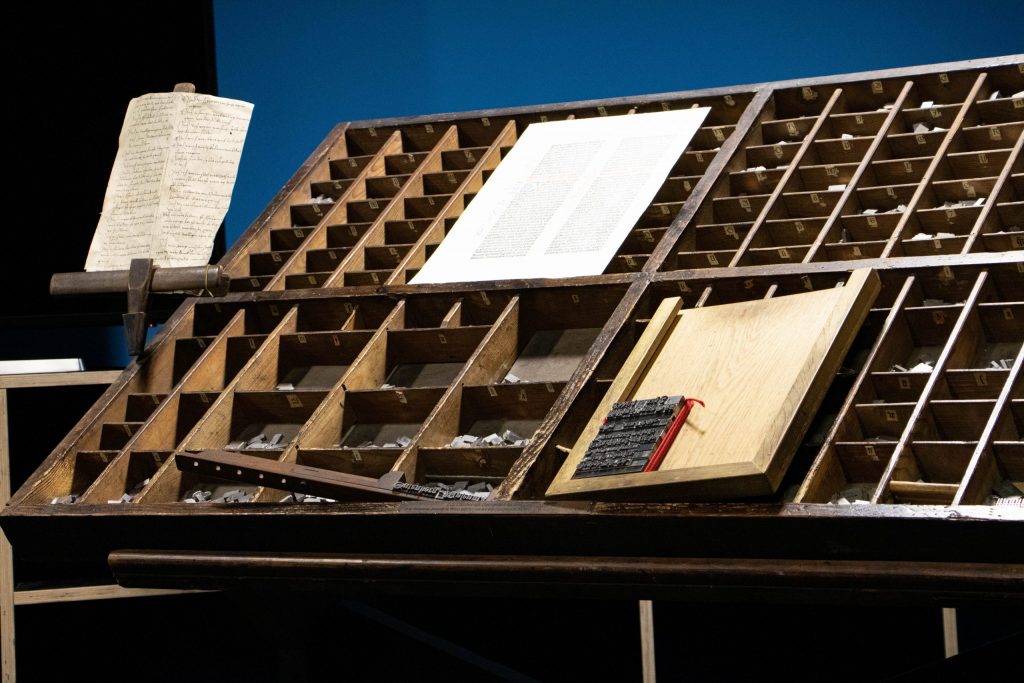
You can find out how this is connected in the new Gutenberg Museum MOVED exhibition at the Natural History Museum in Mainz. While a new building is being erected at the original location in the heart of Mainz, the highlights of the collection will find a temporary home in the Natural History Museum. A fascinating journey through the history of printing and the media awaits you in the newly renovated rooms of the former Reichklarakloster monastery. Perhaps the most important thing first: the Gutenberg Bibles will also be on display during the interim period, in the so-called refectory. In the former dining room of the Imperial Monastery, the "treasure chamber" of the interim exhibition with the oldest and most valuable exhibits of the house is housed under the highest security precautions and strict conservation guidelines. The large steel cube also protects the valuable Gutenberg Bibles.
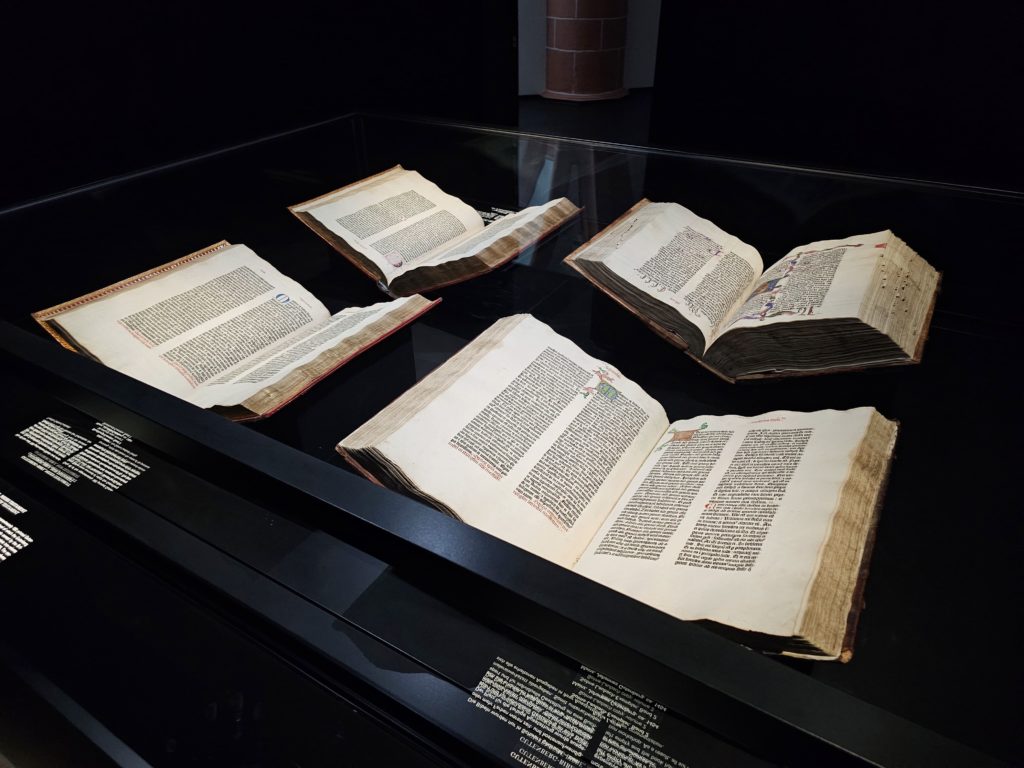
In the reconstructed Gutenberg workshop, visitors can vividly experience how these developments by Gutenberg intervened in the craft of "black art" and transformed it into a mechanical process.
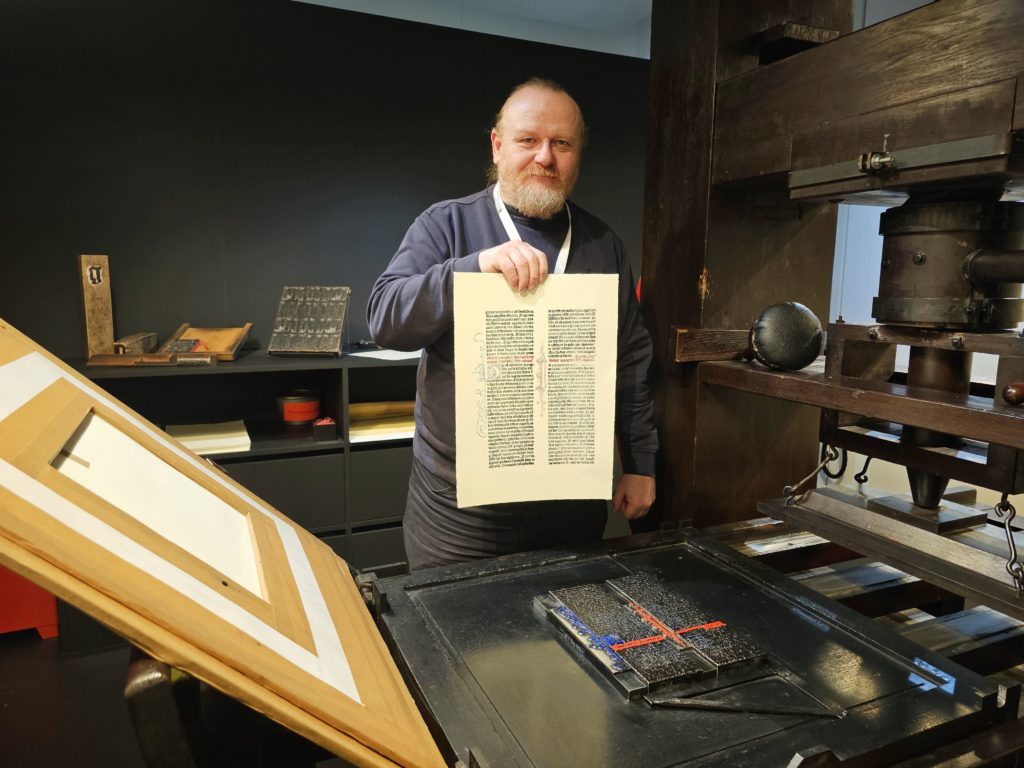
In the lively workshop in the Gutenberg Museum's print store, you can even lend a hand yourself. It smells of craftsmanship here, of color pigments, turpentine, oil, paper. The basic principle of hand typesetting becomes immediately clear when you set the wooden type yourself. Guests can also print multicolored blocks on hand-operated presses and on the toggle press, or create their own calligraphic poster. A visit to the print store is particularly exciting for children and school classes.
More information: Gutenberg Museum Mainz
Fascination Hildegard of Bingen and ancient surgery
Philosopher, healer, saint. Hildegard von Bingen, who lived and worked around Bingen on the Rhine, is one of the most influential medieval personalities in our country.
Hildegard was placed in the care of a monastery at a young age. Her interests were many and varied. Over the course of her life, she wrote numerous works on religion, medicine, ethics and music. She was an advisor to influential personalities of the Middle Ages and left behind an outstanding legacy with her teachings on the knowledge of medicinal herbs and the harmony between body, mind and soul.
The Historical Museum am Strom in Bingen comprises four permanent departments. The large exhibition on Hildegard von Bingen can be seen in the former machine hall with its spacious gallery. The life of the prophetess and politician, composer, church teacher and naturalist is told here in all its diversity.
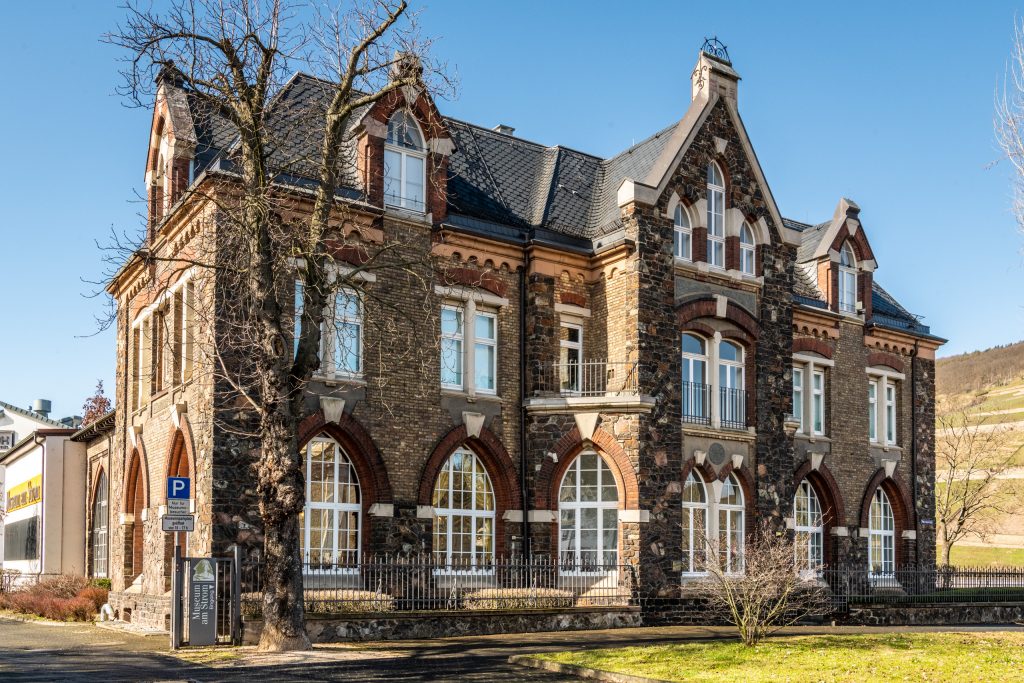
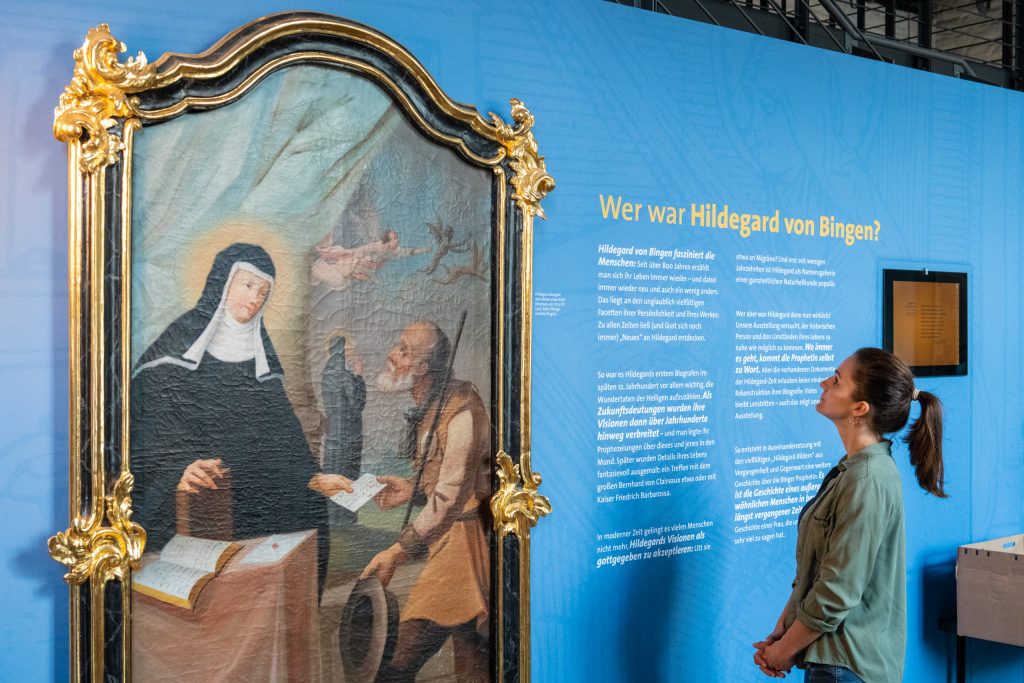
There are so many facets between the "popular saint" Hildegard and the important composer that it is impossible to summarize her work in one point. Right now - in times of climate change - Hildegard's view of creation is back in vogue.
And since we are already there: A great thinker must also have been the inventor or doctor who developed the instruments of the Bingen doctor's cutlery and perhaps used them himself. In the summer of 1925, a Roman burial ground from the 2nd century A.D. was discovered during the expansion of a road in Bingen. A doctor's grave also belonged to this ancient cemetery. In addition to an urn, it contained a large bronze bowl with 66 objects belonging to the deceased physician, most of them surgical instruments. For a long time this sensational find was kept under lock and key in a bank vault, but since 2001 the doctor's instruments have been on display at the Museum am Strom. Something very special about the Bingen find is a complete set of instruments for skull trepanation, the opening of the skull by means of a drill. Sounds dangerous, it probably was; however, the instruments were already very similar to today's ones. And the literature proves that even in pre-Roman times people were able to successfully perform operations on the head. On this occasion, we are once again happy to live in the here and now.
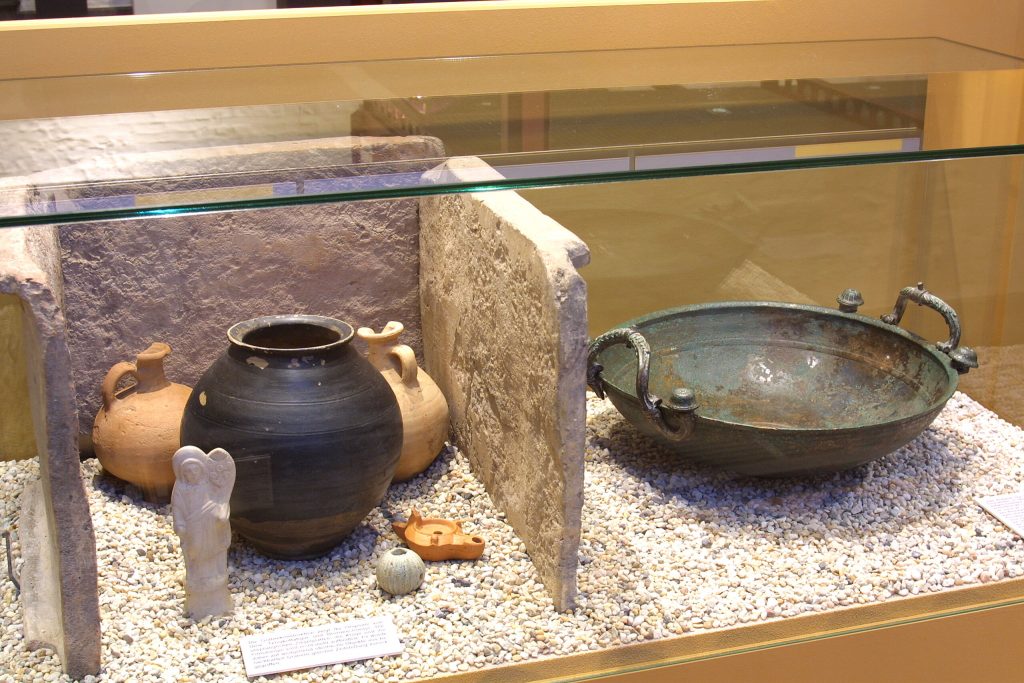
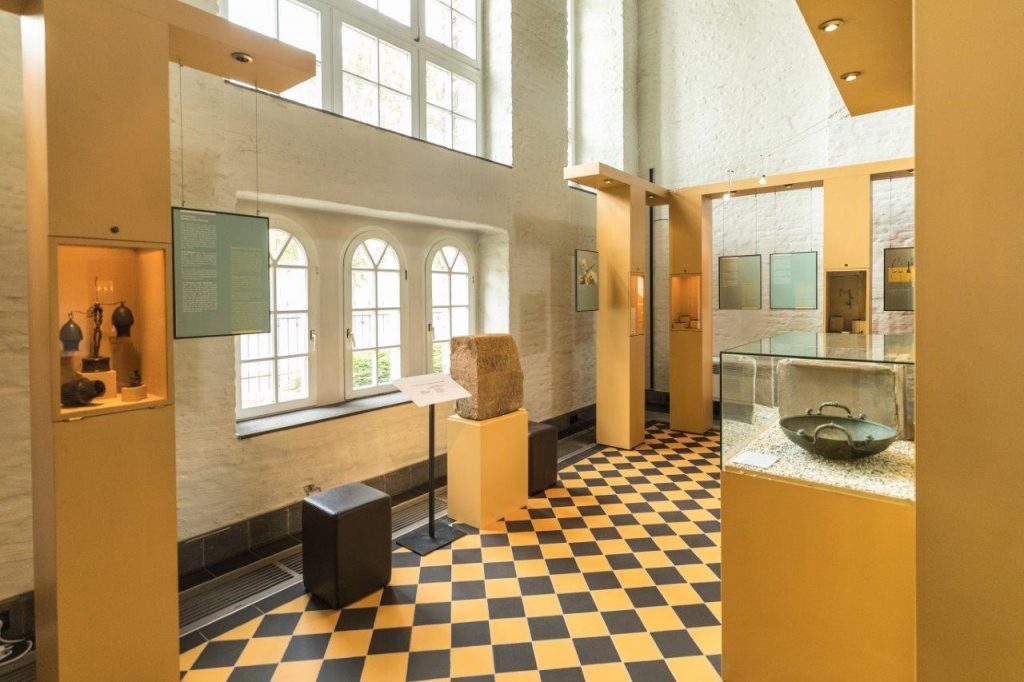
More information: Museum Am Strom
Carl Zuckmayer at the local museum in Nackenheim - Where great literature has its origins
In the middle of picturesque Rheinhessen, surrounded by vineyards and winding alleyways, lies Nackenheim - the birthplace of one of the most important German playwrights of the 20th century: Carl Zuckmayer. Visitors to the local museum in Nackenheim embark on a moving journey through the life of a man who built bridges like few others - between eras, cultures and social classes.
The Permanent exhibition "The Zuckmayers - A family from Rheinhessen" tells the story of two brothers who have shaped culture and society in very different ways: Carl, the writer, whose childhood in the village laid the foundations for works such as The happy vineyard and Eduard, the music mediator between West and East. Their paths lead through ties to their homeland and exile, through successes, breaks and new beginnings - always accompanied by the question: What does home mean to me?
Original letters, historical photographs, quotes, media stations and books from the family bookcase from around 1900 allow visitors to immerse themselves in the life and thoughts of the Zuckmayers. The exhibition not only opens up a view of the past, but also invites visitors to reflect on the present and the future - on identity, belonging and humanity.
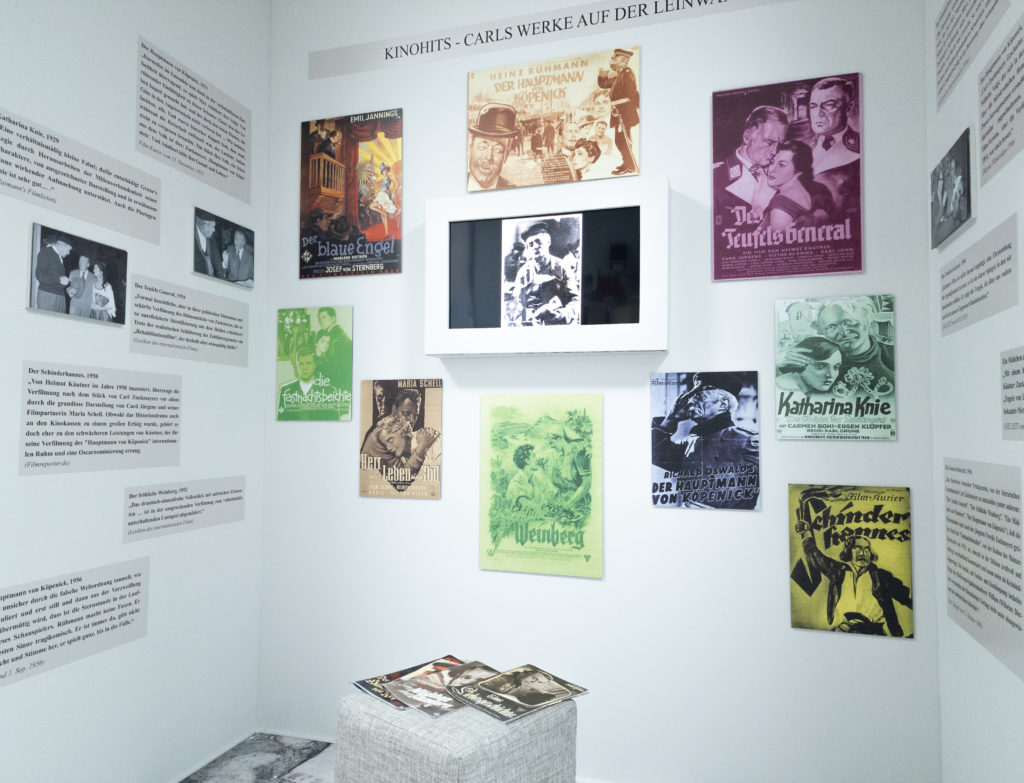
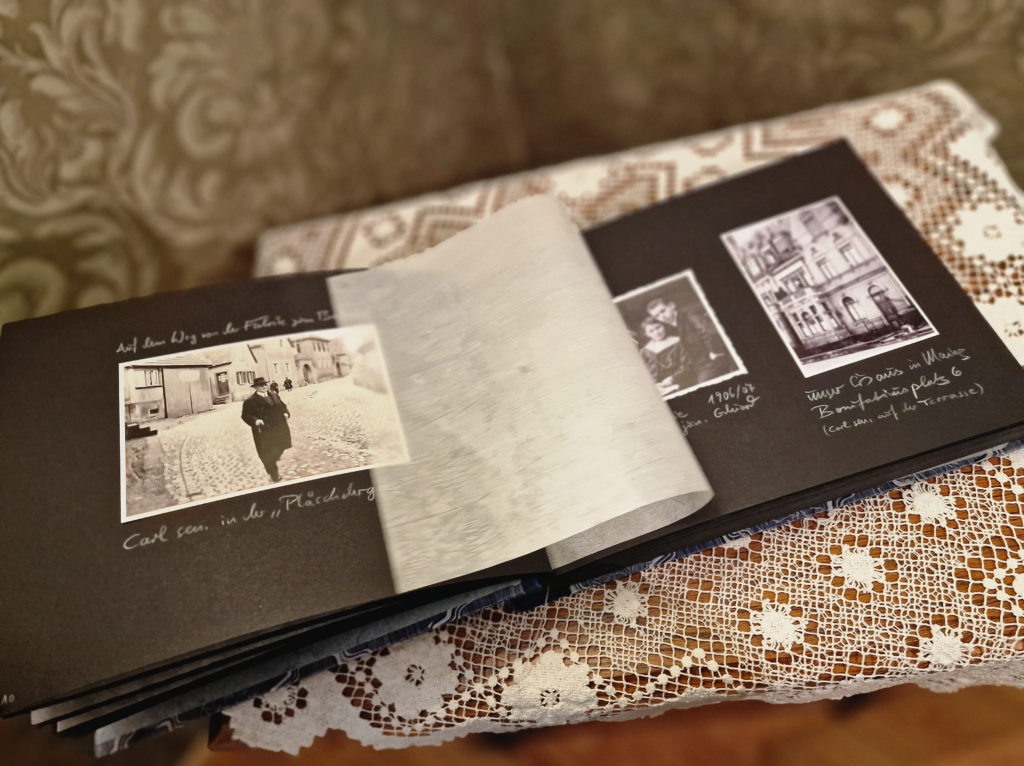
A visit to the local museum in Nackenheim is far more than just a stroll through history. It is an invitation to rediscover Carl Zuckmayer's world - and your own.
Rabbi Solomon ben Isaac, called Rashiand the Jewish Worms
The next trail leads to Worms: the so-called SchUM sites are a UNESCO World Heritage Site. SchUM is an acronym of the initial letters of the medieval Hebrew cities of Speyer (Schpira), Worms (Warmaisa) and Mainz (Magenza). The SchUM sites were the center of Jewish culture in medieval Europe and are still important meeting places today.

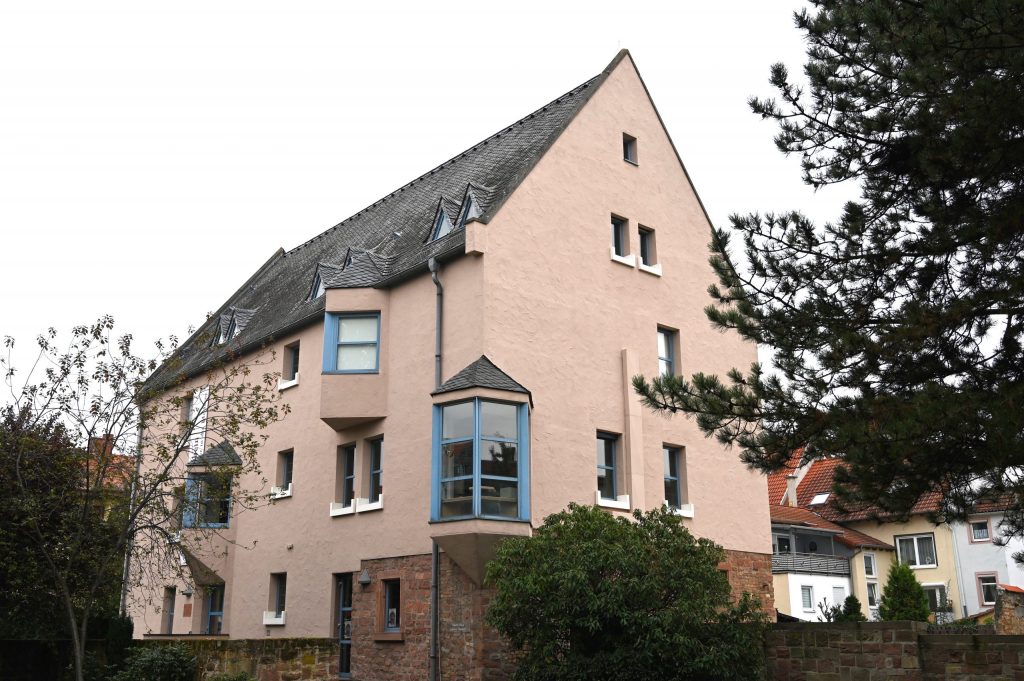
If you want to find out exactly how this Jewish community became so innovative and influential, and how Jewish identity and scholarship were shaped from here, visit the exhibition "ShUM on the Rhine - From the Middle Ages to the Modern Age" at the Jewish Museum in Worms. The journey back in time to the heyday of the Jewish communities in the ShUM sites between the 10th and 13th centuries takes us to groundbreaking legal statutes and buildings that influenced the culture and identity of Judaism in Ashkenaz for centuries.
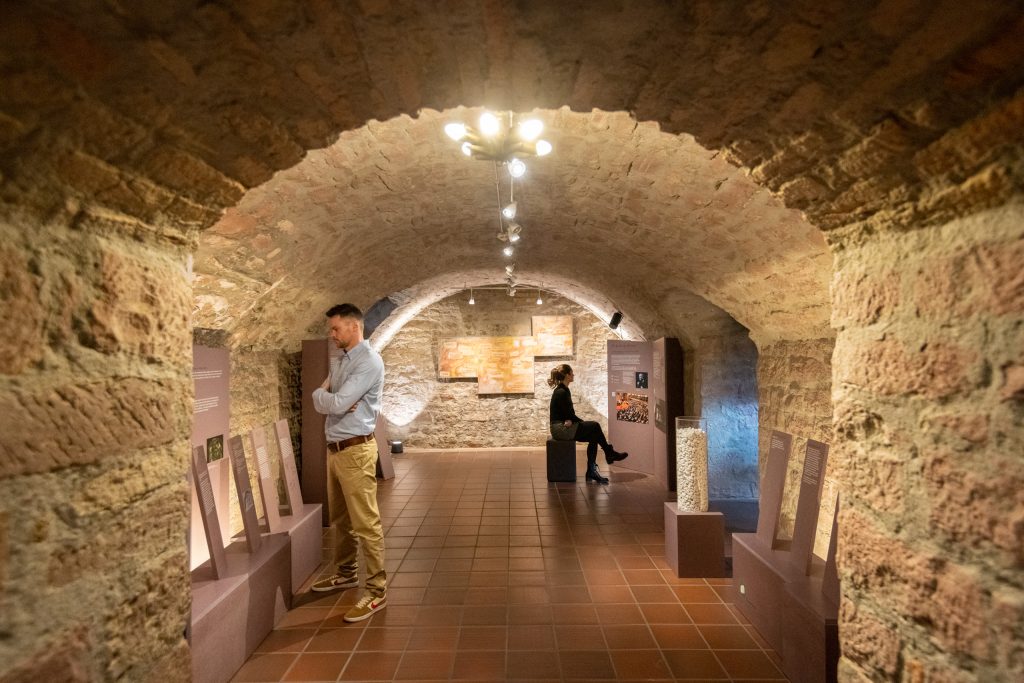
You will come across a name that had enormous significance for Jewish Worms: Rabbi Salomon ben Isaac, known as Rashi. And thus the circle of poets and thinkers closes. Jewish Worms owes its reputation to him in particular: to this day, the Talmud commentator and scholar is highly esteemed in the Jewish world. Around 1060, he studied in Worms, which was known throughout Europe at the time, and became one of the most important Jewish scholars of the Middle Ages and the best-known Jewish Bible exegete of all. The Rashi House in Worms, named after him, now houses the Jewish Museum and the city archives.
More information: Jewish Museum Worms in the Rashi House
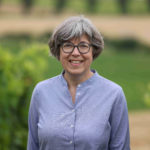
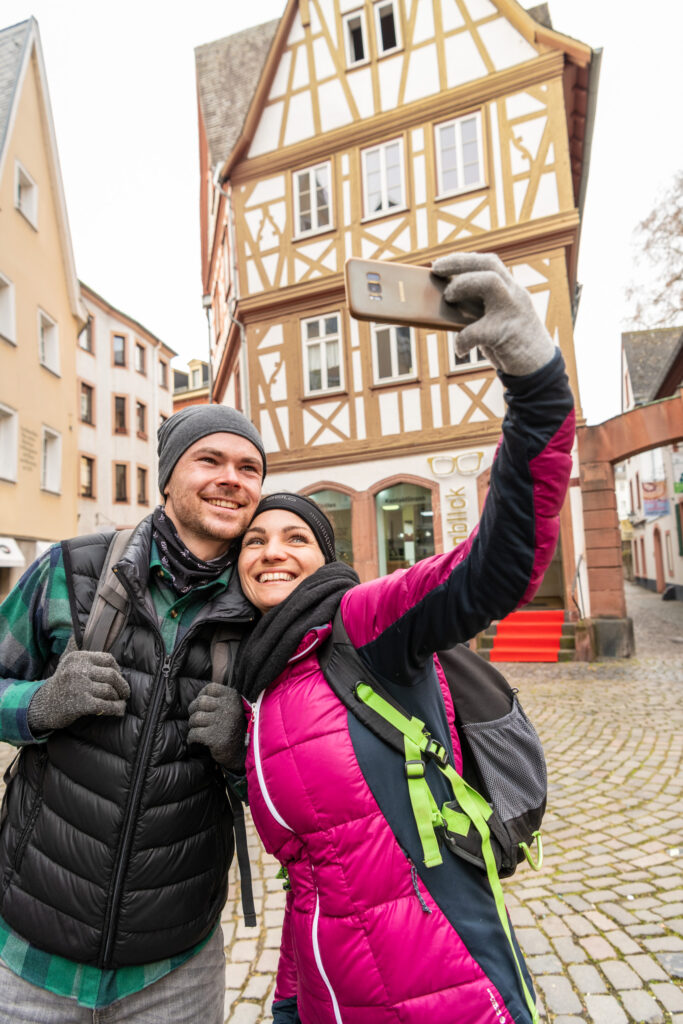
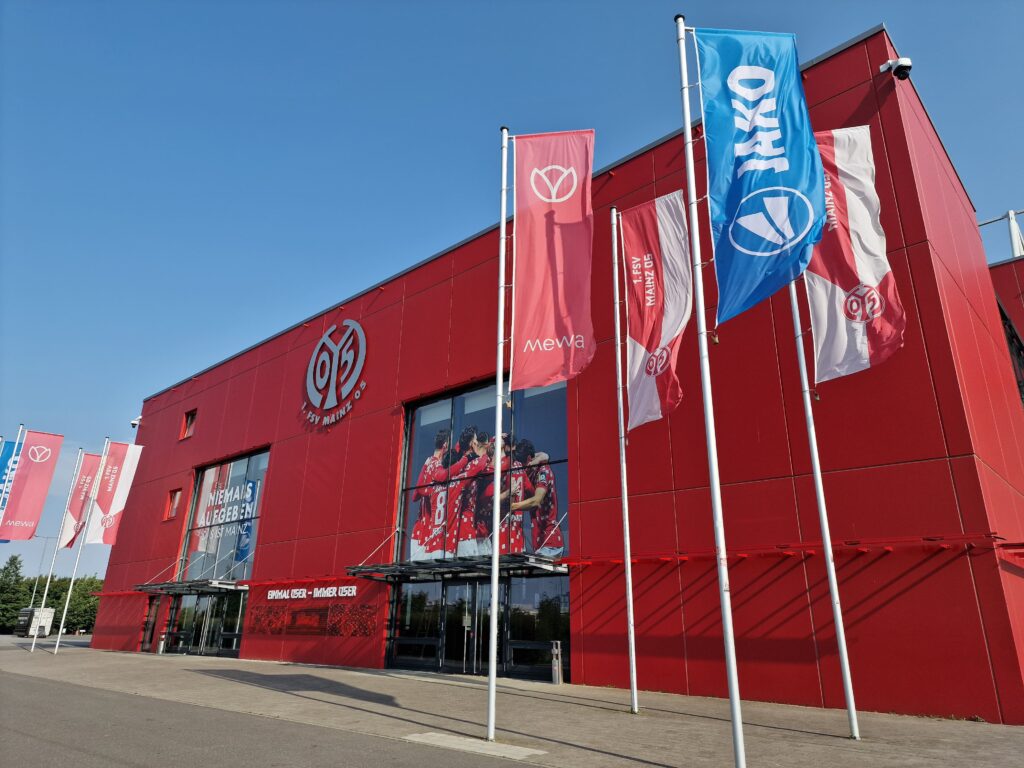
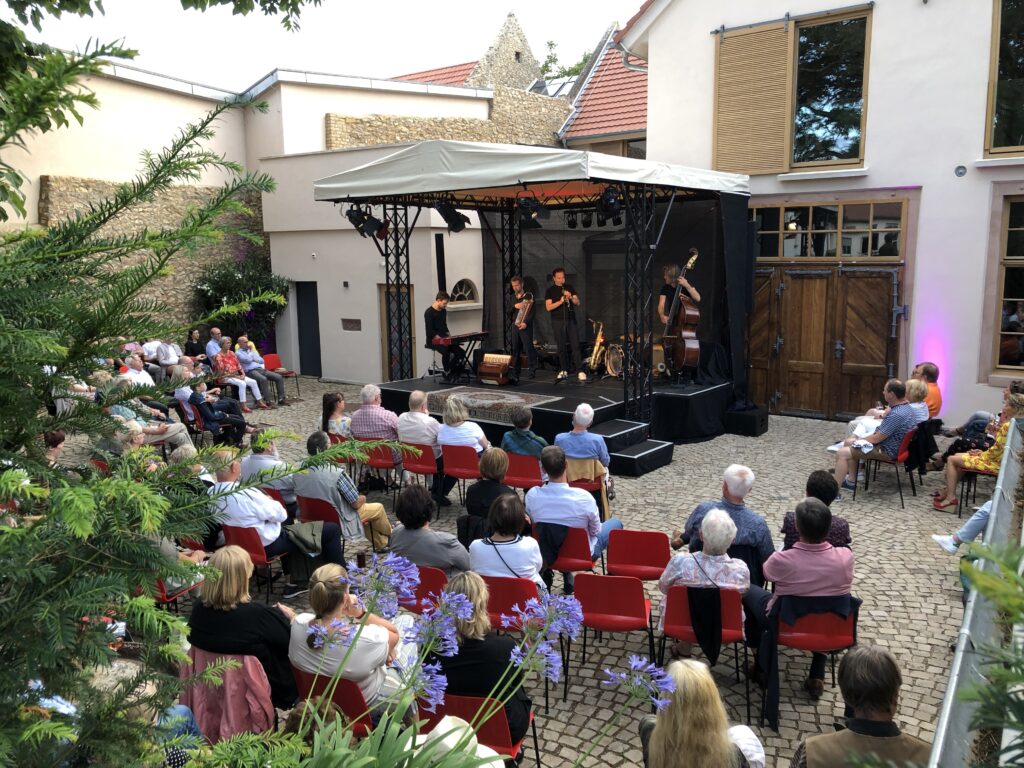
2 Responses
Great contribution, bravo...
Thank you very much, Stephan. There are so many exciting things to discover here - especially things from the past that still have an impact today.